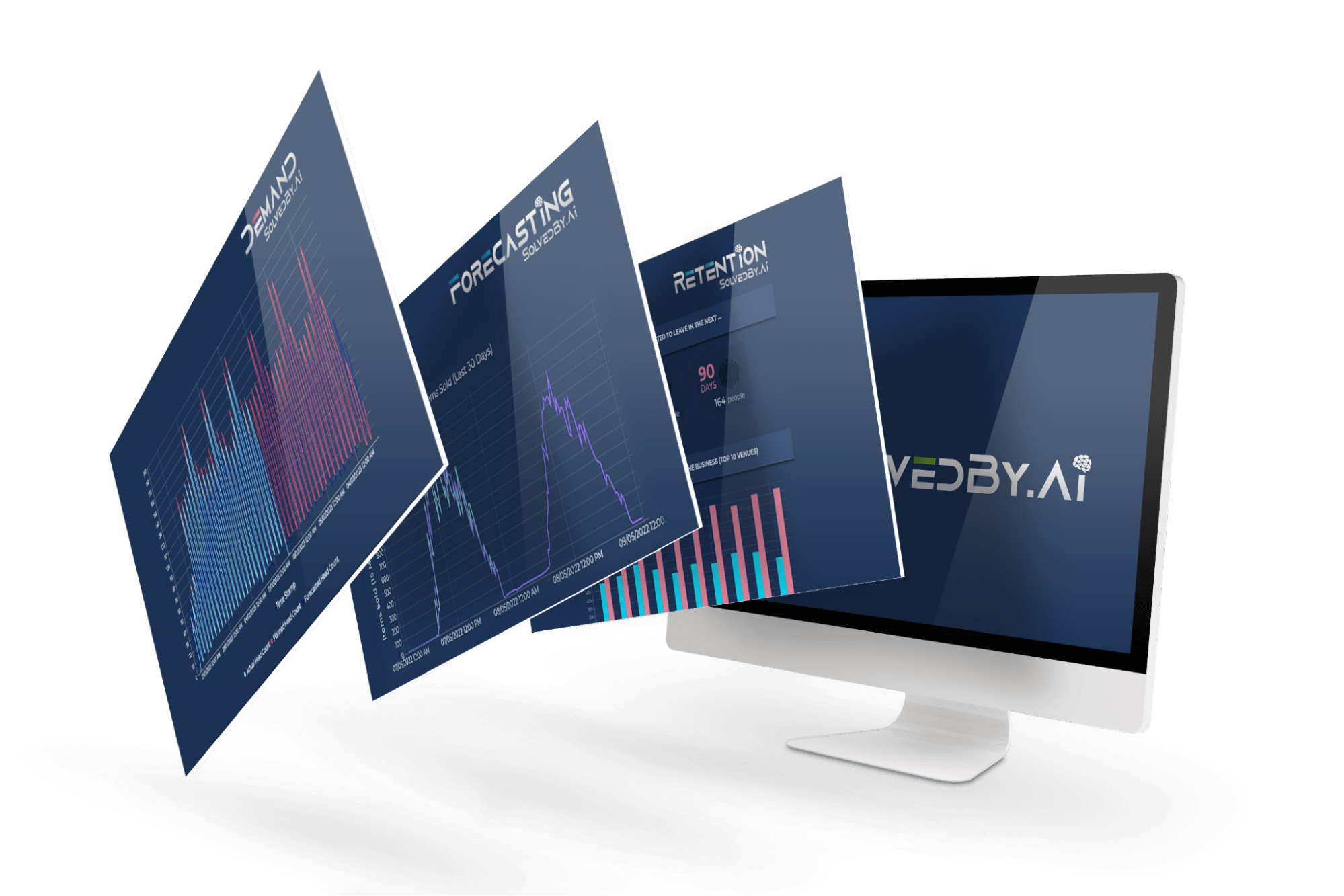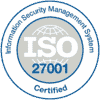In business, there is always a point where you have to ask yourself, how do we improve employee retention? The ShopWorks completed a survey in October 2022, asking how vital retention was to HR departments, and the results were so striking that we wrote a white paper to examine the survey results.
They surveyed 35 UK and Irish Customers with over 50,000 hourly paid staff combined. We won’t cover the full details here, but some key takeaways were:
- 56% of those surveyed said – “We can’t meet our recruitment needs, and we are losing more staff than we are recruiting”
- 55% of those surveyed said – ‘We are reducing opening hours because we don’t have enough staff.”
We can see from these two results that improving employee retention and recruitment is essential due to both costing businesses revenue and taking up vast amounts of management time. We also found that 3 of the top 5 reasons for staff turnover related to lousy scheduling, such as working time directive breaches and a lack of shift equality.

If a business can identify the key reasons why staff leave and correct its processes to avoid impacting staff in these ways, we can reduce operational turnover, which is the standard measure of staff losses.
In this blog post, we discuss what features you should look for when considering a workforce management solution if retention is a crucial objective for your organisation.
So how can workforce management help improve employee retention?
There are two key ways a workforce management tool can help you improve your retention: predicting who will leave and managing your staff scheduling to remove all of the critical issues that cause people to go in order to create workforce optimisation.
- Prediction: a workforce management tool has all the data required for an AI to spot the likely leavers. The agency knows who is late and sick and if that is happening more often. It knows who gets the worse shifts, whether they are getting a work-life balance, and if working time directive breaches are occurring. A thorough analysis of this data will allow a business to accurately predict who is likely to resign and allow for intervention.
- Prevention: If you don’t schedule any shifts that break the working time directive and share all the unsociable shifts evenly, you will remove some of the critical causes of operational turnover. Thus preventing resignations.

These are the top 5 tools for improving retention for users of workforce management software.
5 – Working Time Directive (WTD) compliance module: a tool to check that all shifts comply with the Working Time Directive. Our Retention.Ai tool has the highest correlation with the likelihood of leaving against Working Time Directive breaches.
4 – Fair rotas: A workforce management system that can spread the unsociable shifts fairly across your team. Unfair rotas have a high correlation with the probability of leaving in the next 90 days.
3 – Availability and staff preferences: – this allows staff to tell you when they are unavailable and when they prefer to work.
2 – AI-powered retention prediction model: – these tools use the considerable amount of data in a workforce management system to predict the likelihood of someone leaving in 30, 60 or 90 days and then give you insights into why that might be so you can make an intervention and encourage someone not to leave.
And the number 1 tool for ensuring staff retention is – AI-powered auto scheduling;
It can ensure that we don’t make some of the mistakes in our rotas that annoy staff and cause them to resign over time, and we can improve retention. An AI-powered auto-scheduling tool can do that in a way that a manually produced rota by a manager cannot do.
- There are no WTD breaches.
- Rotas are fair with unsociable shifts shares as well as overtime and offering equal levels of work to zero hours contract and casual staff.
- Staff preferences, availability and leave bookings are honoured.
- When using Ai powered forecasting and demand prediction, it may prove that you don’t have a staff shortage at all. You may have been trying to fill more shifts than you needed because your forecast was wrong.
When you build rotas that staff want to work, retention improves, staff are happier, and customers feel the benefit.
Related articles










